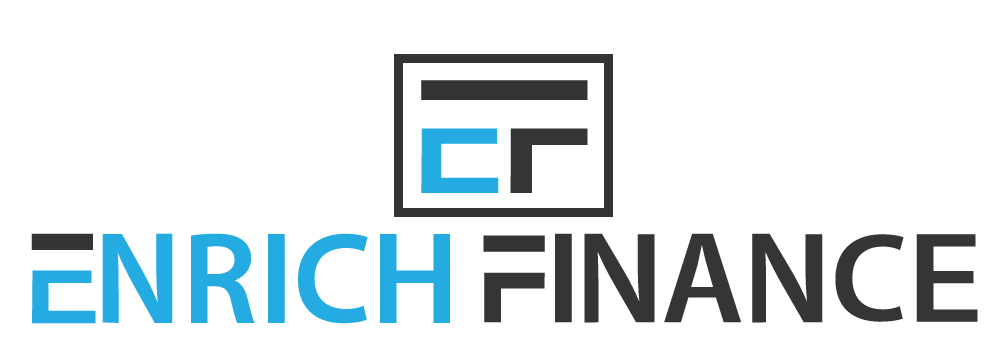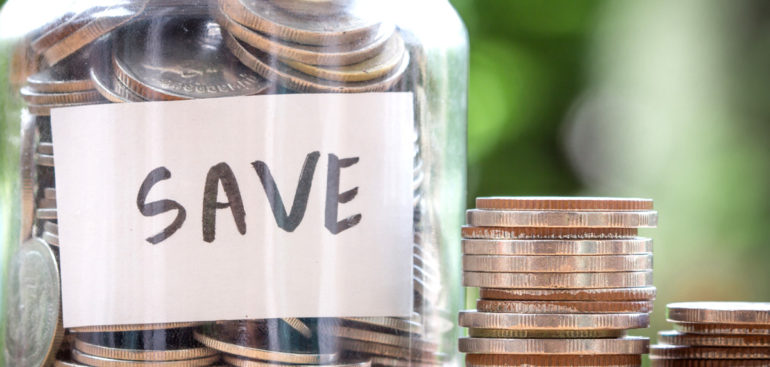The festive season might be a distant memory but many of us will still be paying for it well into the future. According to the Australian Securities and Investment Commission (ASIC), more than a third of us put our Christmas gifts on plastic, racking up an average individual debt of $1,666.
The Christmas splurge adds to our mounting household debt, already among the world’s highest, with $30 million owed on credit cards2.
Our penchant for plastic even has the banks taking steps to help curb our habit. Late last year the Australian Bankers Association proposed a new code of conduct to ban unsolicited credit card limit increases, make it easier for consumers to cancel cards, and improve transparency on interest-free periods3.
The reality, however, is the buck stops with each of us when it comes to personal debt. Here are Haven’s tips to get on top of credit card debt in 2018 before it gets on top of you.
Take stock
The first step to crunching debt is knowing how much you owe. It can be easy to lose track of credit card debt, especially if you have more than one card. Take note of what you owe, and the interest rate, on each card.
Now take a look at the bottom of your latest statement where it spells out how long it will take to pay off your credit card and how much interest you will fork out in that time if you just pay the minimum due each month. Warning – the figures might alarm you.
If you just make the minimum monthly payment on a $5,000 balance at 15 per cent (starting at $102 per month and decreasing over time, with an absolute minimum payment of $20), it will take you almost 24 years to rid yourself of the debt and you will end up paying more than $12,000 with interest! Notch the repayments upto $246 per month until the balance is cleared, and you knock the debt over in two years and save more than $6,000 in interest.4
The key take-out here is always repay more than the minimum due.
Demolish your debt
Make a plan to crunch your card debt. You may consider socking all your spare cash onto the card with the highest interest rate and pay it off first, but remember to pay the minimum due on your other cards. You could also investigate consolidating all your plastic debt to one card with a low rate. Just make sure you take full advantage of any introductory low-rate window by repaying more than the minimum due each month.
Cancel cards as you transfer balances from them, or once paid off, so you are not tempted to rack up debt on them again.
If your cards are getting the better of you, consider speaking with a financial adviser or visit ASIC’s MoneySmart website www.moneysmart.gov.au for further information.
Track your spending
Run through at least six months of card statements to get a handle on your plastic purchases and look for ways to cut discretionary spending, such as entertainment, clothes and holidays. Create a budget and sink leftover funds into your credit card balance to pay it off sooner.
Purge the plastic
Exchange your credit card for a debit card so you can only spend what you have in your savings account. You will avoid deepening your debt and hopefully develop better shopping habits.
Choose the right card
Think about avoiding cards offering rewards such as frequent flyer points as they usually attract a higher rate and require years of high use to accrue decent rewards. It may make more sense to opt instead for a low-rate card with an interest-free period, and make the most of it by paying off any new debt before you accrue interest charges.
Set aside the Christmas savings
Start saving now for next Christmas. If you put aside $10 a week from April 1 until December 1, you will squirrel away $340, enough to cover a few Secret Santas. Add to your stash by dropping your gold coins into a jar at the end of each work week. You won’t miss them and your little pot of gold will lighten your wallet.
Any small steps you take to save consistently throughout the year can make a big difference come spending season.

